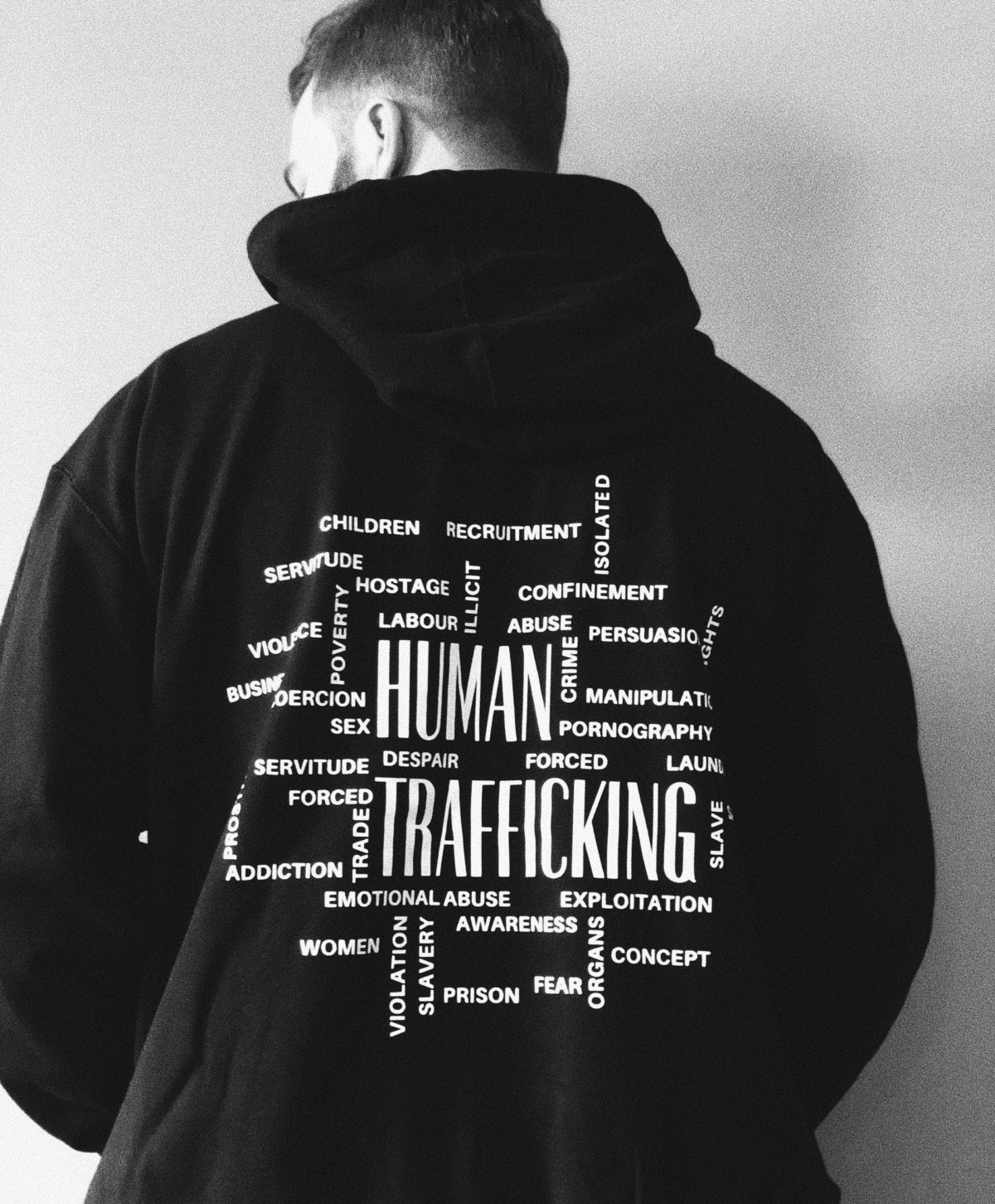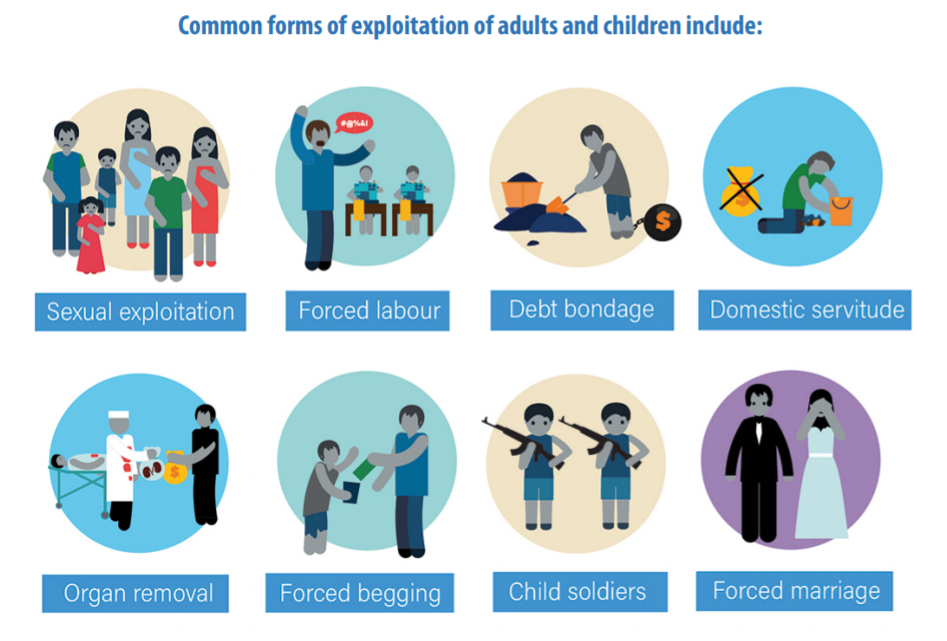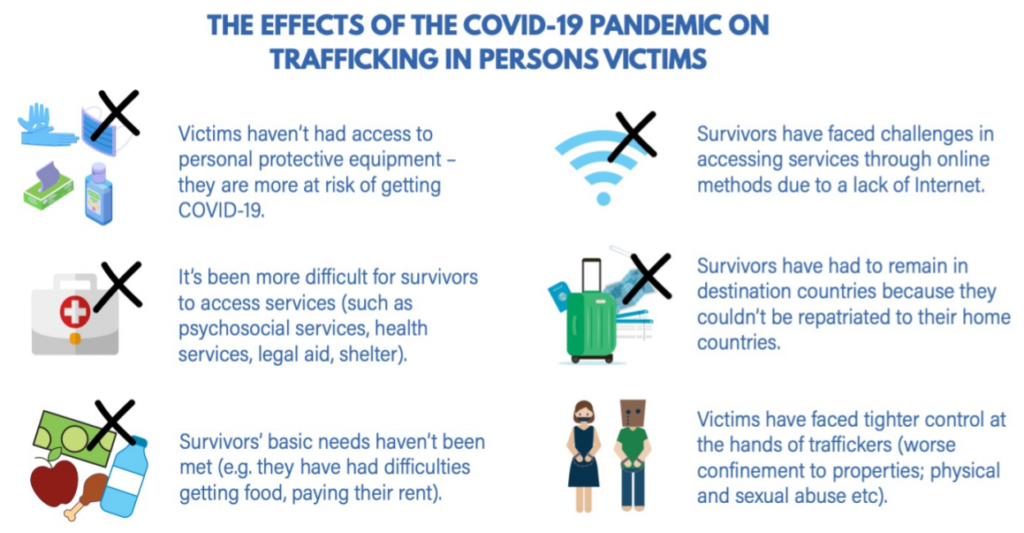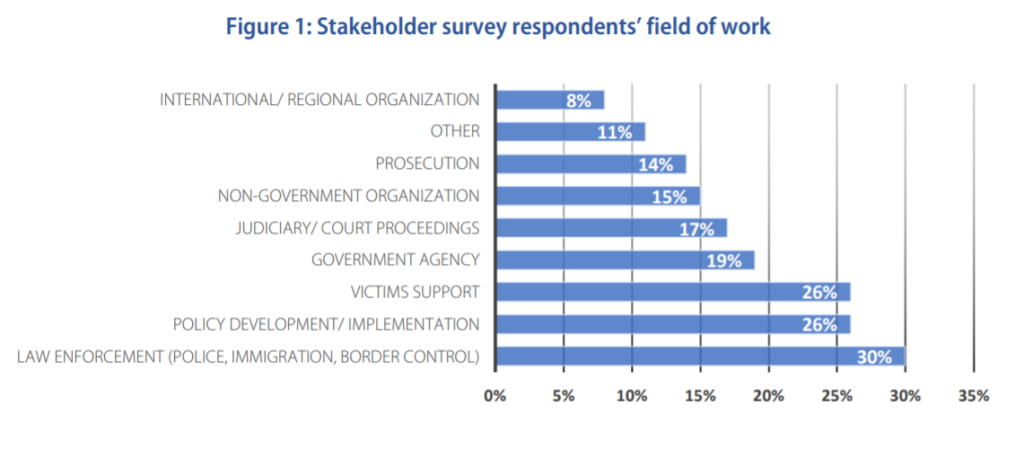
Women, Children, Migrants: The Three Most Vulnerable Groups To Human Trafficking During The Covid-19 Pandemic
By a Biometrica staffer
The Covid-19 pandemic turned the whole world upside down in a manner of speaking, but for some sections of global society, the impact was darker and more pronounced. Last Tuesday, we gave you a brief overview of the new United Nations Office on Drugs and Crime’s (UNODC) human trafficking study, which was released on July 8. In that piece, we established that — as with terrorists during the Covid-19 pandemic (at least in Europe) — human traffickers across the world also discovered a “new normal” for operations in 2020.
They began to recruit victims online and within their own areas rather than transporting them across state and county lines. Traffickers took advantage of the global crisis due to the pandemic and capitalized on the opportunities that arose because of people losing their jobs. Even the temporary closure of places where trafficking typically occurs — including bars, clubs, and massage parlors — did not stop them. All they did was move the sexual exploitation of adults and children to private homes and apartments.
We also stated in our piece from last week that there were three groups that were extra vulnerable to being recruited and exploited by human traffickers due to the impact of the pandemic: women, children, and migrants. In today’s piece, we look at what the UNODC study found on each of these in detail, giving insight into the overall landscape of human trafficking when it comes to these three segments.

Women — Often The Most Affected Group During Crises
Before we go into what the report says, it’s important to note that even before the pandemic, most reported cases of trafficking globally involved women and girls. That said, the Covid-19 pandemic and its impact, combined with several other factors like migrant status, ethnicity, disability and overall socioeconomic status, have the potential to really render women particularly vulnerable during emergencies.
In December 2020, UN Women said in a blog that the pandemic had amplified existing gender inequalities across and within societies. Women earn less, save less, hold less secure jobs, and are more likely to work in the informal sector with fewer social protections, it continued. The blog went on to estimate that by 2021, around 435 million women and girls will be living in extreme poverty on less than $1.90 a day — including 47 million pushed into poverty as a result of Covid-19.
Overall, women’s employment was said to be 19% more at risk than men’s, and while the pandemic was expected to impact overall global poverty, women of reproductive age were expected to be disproportionately affected. This difference in employment loss is due to occupational segregation by gender, which causes women to be working predominantly in those sectors that have been hit hardest, such as the garment industry.
The International Labor Organization (ILO) said in a report published at the start of this year that there were 114 million jobs lost in 2020 in comparison with 2019, and those losses were higher for women than men. Around 21% of stakeholder survey respondents reported that women had been particularly affected by the pandemic, the UNODC study found. Women and girls were mostly recruited for sexual exploitation, particularly in private apartments. It is not known what percentage of them were trafficked, but interview and survey respondents suggested that many were coerced and have been unable to leave the place of exploitation, or be rescued, due to ongoing pandemic lockdowns.
With the closure of schools during the pandemic across various countries that implemented lockdowns, the risk of girls dropping out of the education system permanently also increased, as did the likelihood that many would be forced to marry and bear children early. Globally, 70% of the workforce that was at the frontline of the pandemic was made up of women who were nurses, midwives, cleaners, and laundry workers. This meant that the health of women was also more at risk during the pandemic.
The lockdowns also had another unintentional impact on women by exposing them to increased risk of gender-based violence, including intimate partner violence. The two crimes are closely intertwined, the report says, as some of the factors of vulnerability of victims are similar and they involve comparable control techniques and show analogous barriers to reporting. It also makes women more vulnerable, overall, to falling prey to human trafficking schemes. The number of women reporting violence to dedicated hotlines increased by up to 770% in some cases, a recent UNODC study on the impact of Covid-19 on the criminal justice system’s responses to gender-based violence against women found.

Exponential Growth In Demand For CSEM
Stakeholder survey respondents reported that children are particularly affected by the pandemic: 20% of survey respondents in the UNODC study reported that girls are particularly impacted and an additional 14% reported that boys are particularly affected. As we mentioned earlier, with schools being shut due to the pandemic in several countries, learning moved online for children whose parents had the financial means to purchase laptops or tablets and use it at homes that had internet connections. But for others who are less fortunate, it meant a life deprived of education, and some of these kids even had to search for employment to support their families. This was especially the case in families where one or both parents had lost their jobs during the pandemic.
Covid-19’s unintentional effects on child safety have been far-reaching, the report says. Children have been trafficked for everything from sexual exploitation, labor, and forced marriage, to forced begging and criminality. Girls have been increasingly targeted online for sexual exploitation and forced marriages, while boys were targeted for criminal activities and forced begging.
In an extremely worrisome turn of events, with more adults being at home during the pandemic, there is evidence that demand for child sexual exploitation materials (CSEM) increased exponentially in some parts of the world. This demand happens through open networks, the dark web, and peer-to-peer networks.
For instance, the report says in the United Kingdom, there were nearly 9 million attempts in April 2020 to access child sexual abuse websites that had been previously blocked by the Internet Watch Foundation. Demand for abuse imagery also rapidly increased in Australia, where police reported that downloading child sex abuse images increased by 86% in the three weeks after the March 21 lockdown. In the Philippines, officials reported that online CSEM has significantly increased from approximately 59,000 reports in February to more than 101,000 in March, the month that the Covid-19 lockdown began there, too.
In the United Kingdom, thousands of children are being used to carry drugs from rural areas of England into urban areas in the so called “county lines” drug trade, a practice that has further increased with the onset of the pandemic. It is estimated that in the next 10 years, up to 10 million more girls will be vulnerable to becoming child brides as a consequence of the Covid-19 pandemic, according to a March 2020 report by UNICEF.
Migrants
Interview and survey respondents emphasized the negative effects of the pandemic on migrants, the UNODC study said. Many of those in destination countries have been unable to return home and have ended up in an irregular status after being unable to renew visas and residence permits. Some have been forced to stay in inadequate accommodation where they cannot be socially distant from other migrant workers. Many have faced challenges in accessing healthcare in destination countries, with national health systems overwhelmed by the need to provide care for Covid-19 patients. Quarantine measures for migrants have potentially placed them at heightened risk of trafficking in persons, the report added.
Study participants further identified the impact of the pandemic on the family members of migrants in the country of origin. After losing regular remittances, many families became destitute and this, for example, led to more children being forced to find local employment and thus becoming vulnerable to trafficking, the study found.
It highlighted, in particular, the plight of domestic workers who have been confined to households during pandemic-related lockdowns with abusive employers. It’s unclear how many domestic workers have been trafficked, but survey respondents said many female domestic workers have been subjected to physical and sexual abuse by employers, been denied payment, been confined to their home, or been forced to work longer hours and take on additional duties. Escape or rescue has been extremely difficult for exploited domestic workers, the study says, particularly those in an irregular situation in the destination country who fear detention and deportation.
In South Africa, a study conducted during the pandemic found that domestic workers experienced increased gender-based violence and harassment in the place of work, particularly by the heads of households who hired them. Employers exposed themselves, displayed pornography, demanded sexual favors, and sexually assaulted and raped domestic workers at higher rates. Domestic workers have reported being fired when they refused demands for sex by their male employers, and were left with nowhere to go in the midst of the pandemic. A similar study in the Middle East and the Americas, involving surveys of live-in domestic workers, found that psychological, physical, and sexual violence increased during the pandemic.
As the UNODC Executive Director, Ghada Waly put it: “The pandemic has increased vulnerabilities to trafficking in persons while making trafficking even harder to detect and leaving victims struggling to obtain help and access to justice.”
